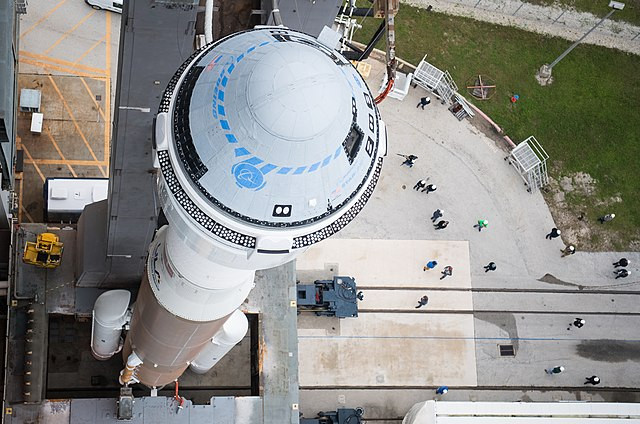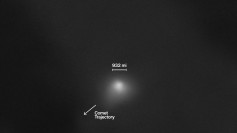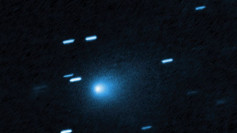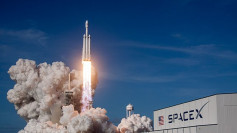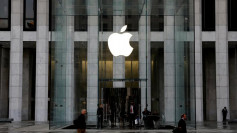Boeing's Starliner spacecraft has successfully entered Earth's orbit during its maiden crewed mission to the International Space Station (ISS), marking a significant milestone for the aerospace giant. This achievement is crucial for Boeing to establish Starliner as an operational crew system for NASA, enabling the company to compete with SpaceX for future missions to the ISS.
The Starliner launched from Cape Canaveral Space Force Station in Florida atop an Atlas V rocket at 10:52 a.m. ET on Wednesday. Onboard were veteran NASA astronauts Butch Wilmore, serving as the mission commander, and Suni Williams, piloting the spacecraft. This mission also marked a historic first, with Williams becoming the first woman to participate in the flight test of an orbital spacecraft.
The successful launch follows years of delays and technical challenges for Boeing. This was the third attempt at a crewed mission to the ISS after previous launches were postponed due to various technical issues. Boeing had to address malfunctions such as stuck propulsion system valves, software glitches, and the use of flammable protective tape, which all required extensive reworking and additional uncrewed test flights.
Despite the setbacks, the mission proceeded smoothly, with the Starliner expected to dock with the ISS at 12:15 p.m. ET on Thursday. The astronauts plan to spend about a week aboard the space station to test the spacecraft's components before returning to Earth. Their return will involve a parachute and airbag-assisted landing in the southwestern United States.
The mission, known as the Crew Flight Test, represents the culmination of Boeing's efforts to develop a viable competitor to SpaceX's Crew Dragon capsule. This development is part of NASA's Commercial Crew Program, which aims to foster collaboration with private industry partners to provide reliable and cost-effective transportation to the ISS.
NASA Administrator Bill Nelson highlighted the historical significance of the flight, noting that it is only the sixth inaugural journey of a crewed spacecraft in U.S. history. "It started with Mercury, then with Gemini, then with Apollo, the space shuttle, then (SpaceX's) Dragon - and now Starliner," Nelson said.
The astronauts will conduct various tests to evaluate Starliner's capabilities, including its thruster performance, the functionality of their spacesuits within the capsule, and manual piloting in case of an autopilot failure. Additionally, they will test the spacecraft's "safe haven" capability, which is designed to provide shelter to the space station crew in case of an emergency.
The Starliner's cargo includes a crucial pump needed to repair the space station's urine processor assembly, which failed in late May. This system is vital for recycling urine into drinking water, ensuring the station's closed-loop water supply. The timely arrival of this pump is essential to avoid storing urine in containers, a temporary but less efficient solution.
The path to this successful launch has been fraught with difficulties. Previous launch attempts in May and June were canceled due to technical issues, including a problematic valve on the Atlas V rocket and a small helium leak within the spacecraft's service module. These issues required thorough troubleshooting and repairs by United Launch Alliance, the joint venture between Boeing and Lockheed Martin responsible for building the Atlas V rocket.
As Boeing's Starliner approaches its final major milestone before being deemed ready for routine operations, this mission could mark a significant turning point. The successful completion of this mission would enable Boeing to join SpaceX as a reliable provider of transportation for NASA astronauts, enhancing the U.S. capabilities in space exploration.
